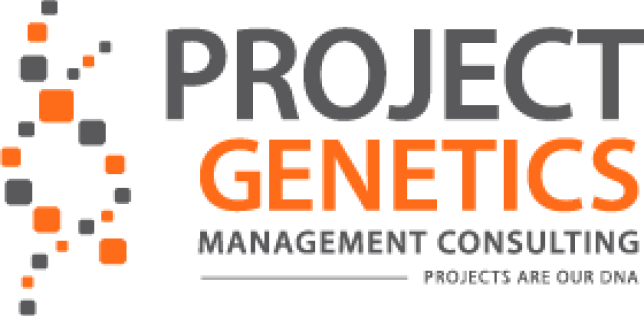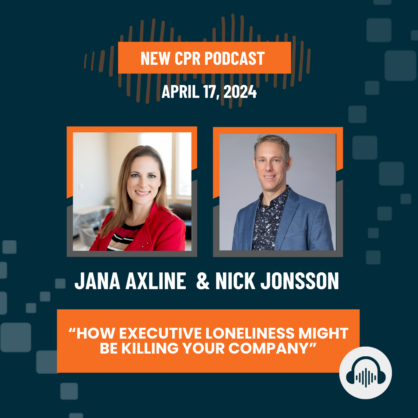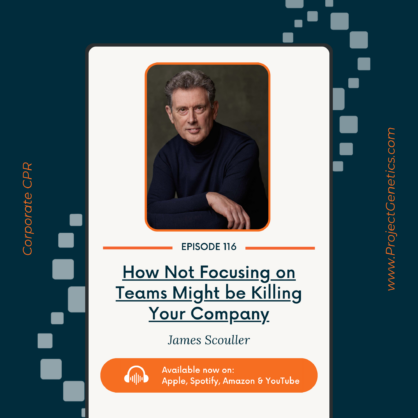On today’s show, we discuss how to build a bought-in culture within your workforce.
Brandon Seigel is a published author, internationally recognized consultant, and serial entrepreneur.
Seigel is the CEO of Fly High Business Builders, President of Wellness Works Management Partners, and COO of Every Child Achieves. Seigel brings nearly twenty years of executive leadership experience empowering workforces of all sizes in reaching new levels of engagement, empowerment, and success. Throughout his storied career, Seigel has empowered entrepreneurs throughout the United States to streamline operations, build winning teams, implement effective business models, and ultimately transform new ventures for optimum success.
Seigel’s passion is working with purpose-driven enterprises in the health, wellness, and education sectors in which he has been featured by CBS, MSNBC, Wallstreet Journal, CEO Biz, and more.
Key Takeaways:
How important is it to focus on your workplace culture?
The pandemic has brought about applicants that are looking for a transformational role, rather than a transactional role. Organizational strategies should focus on helping employees:
- Feel connected
- Feel driven by purpose
- Feel progress
When employees feel like they are bought-in, they feel like an investor in the organization’s purposes.
Starting with recruiting, how can we get the right people on board?
- Understand the needs, wants, and desires of your candidates. Make the application questions meaningful.
- Compensation needs to be more than money. Offer other options depending on the motivations of your employee base.
What do you do to make sure applicants have the technical expertise so that you can move on to focus on their needs and wants?
The key is functional production in an interview. Put them through functional processes that will show whether they are a good fit for the job.
Once we find the right person, what can we do to keep them?
Onboarding in the first six months is so important.
- First week, have them spend half the time functioning alone, and half the time, watch them for their responses to situations and challenges.
- Every week of the first month, someone should eat lunch with them.
- At 90 days, they need to evaluate themselves and the company. Set up an 18 month plan, naming objectives.
- Ongoing short “stay interviews”.
- Retention bonuses. Profit-sharing model through 401k.
What are your thoughts on performance management and ensuring people are giving regular feedback?
I like 360 degree anonymous feedback where they rate themselves and the company. Traditional performance reviews are not effective. Regular check-ins, random pop-ins, and impromptu lunches work much better.
How do you apply these practices for a virtual workforce?
- Two monthly check-ins with collaboration
- Departments will have more structured individualized check-ins
- Impromptu gifts and calls making the employee feel valued and appreciated
- Create gatherings open to anyone that can come. Those that need the engagement will come.
What happens when an employee is off-track?
Acknowledge strengths before concerns. Make them part of the solution. Ask for input. Asking “what” or “how” questions, rather than “why,” avoids sounding confrontational.
What are some of the outcomes of creating a bought-in culture?
Long-term employees say that what keeps them at their company is work culture – who they are connected to and the DNA of the group. No one wants workplace drama. Creating that DNA will:
- Create retention
- Save money in loss-leader time
- Optimize your output
How do you avoid the environment where some are working harder than others, causing resentment? What should managers do to identify and rectify this situation?
Expectations need to be set high so that the “bar” is high.
Strategies for managers:
- Use the resources around you
- Educate
- Measure the amount of requests to change departments and frequency
Sometimes the market is such that you just need people. In that situation, your strategy should be:
- How do we mold the best out of the situation that we have?
- How do we remove the toxic energy?
How do you scale and still keep the start-up feel?
Every team has its role. What we need from each role is different, but we need intention. Do they care for the organization?
Parting thoughts:
- Stop focusing on what isn’t, but focus on what can be. Bring opportunity to every problem. Get to the mindset of causation from our actions, whether it be in recruiting, retention, etc.
- Build mindset in your workplace culture. What is their intention, and how do they bring their personality to the work day?
- Create a road map. They need to see what they are a part of, find meaning in it, and see how they are progressing.
Company websites:
www.wellnessworksmp.com
www.flyhighbusinessbuilders.com
https://ecatherapy.com/
www.brandonseigel.com
Brandon’s book: The Private Practice Survival Guide
LinkedIn: https://www.linkedin.com/in/brandonseigel/
Facebook: https://www.facebook.com/brandon.seigel



